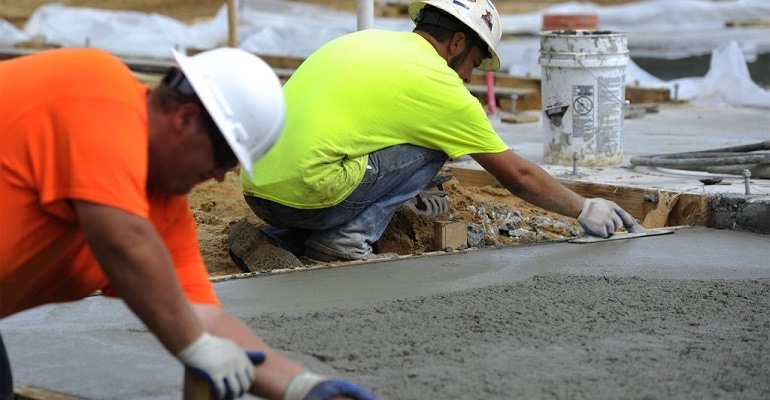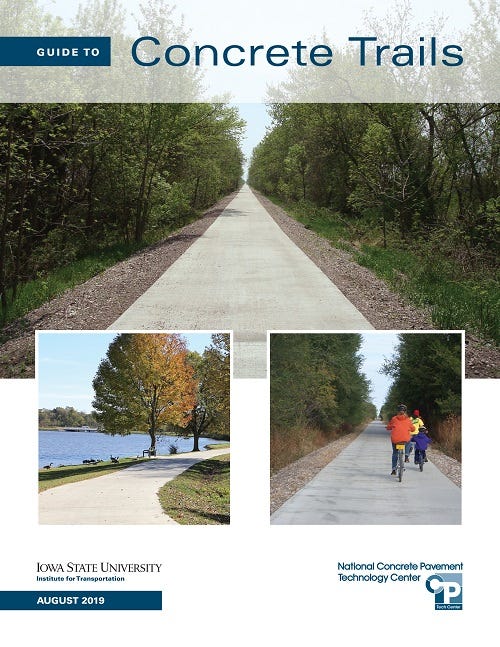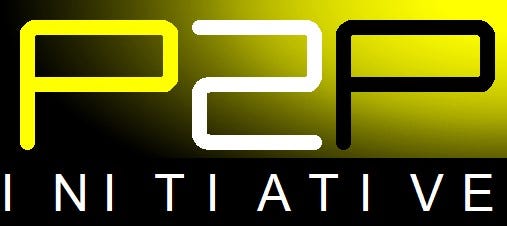As the RMC Research & Education Foundation celebrates its 30th anniversary, we will look at its contributions in four industry aspects: concrete applications; recruitment, education & training; sustainability; and health & safety. Part one focuses on the support the Foundation has provided to concrete applications.
September 16, 2021

When the Concrete Industry Management (CIM) program, a major source of talent in the industry, was started in 1995, the RMC Research & Education Foundation (RMCREF) provided the seed funding. When concrete was being portrayed as a major source of greenhouse gases, RMCREF was a major source of funding for founding the Concrete Sustainability Hub at the Massachusetts Institute of Technology (MIT CSHub). When the lumber industry raised millions to promote structural timber for mid-rise and high-rise construction, RMCREF funded research to provide science and credibility behind the National Ready Mixed Concrete Association’s (NRMCA) Build With Strength program to showcase the advantages of structural concrete.
Historically, the concrete industry did a poor job funding research, developing innovations, and fostering its workforce. That began to change 30 years ago when the RMCREF was founded. From modest initial goals, RMCREF has pushed the industry forward. By leveraging the clout of its sister organization, NRMCA, the Foundation has raised millions of dollars for “increasing quality, professionalism, and sustainability in the ready mixed concrete industry by funding and implementing research and education programs.”
But the RMCREF is even more than that, an independent force across the entire breadth of the concrete industry from buildings to pavements to management and public relations.
CONCRETE APPLICATIONS
Working often with other industry players, such as the American Concrete Institute Foundation and the Portland Cement Association, RMCREF has funded research that promotes the use of concrete and contributes to the reslience and durability of concrete structures. The tools that these programs have developed make it easier to design and build with concrete (both buildings and pavements), improve the quality of concrete and concrete construction, and demonstrate the value of concrete as a construction material.

Buildings: Since 2016, concrete has increased its market share in building construction by 15%. RMCREF has contributed to that with a variety of tools developed to assist designers and contractors to build better concrete buildings. Here are two:
Build With Strength: Both resilience and durability are major themes of the RMCREF’s work, especially in partnership with NRMCA’s Build With Strength and Pave Ahead initiatives. Build With Strength’s mission is to educate the building and design communities and policymakers on the benefits of ready-mixed concrete and encourage its use as the building material of choice for low- to mid-rise structures. No other material can replicate concrete’s advantages in terms of strength, sustainability, durability, safety, and ease of use.
Factually Analyzing Integrated Layers of Safety Against Fire's Effects (FAIL-SAFE): In collaboration with the National Association of State Fire Marshals this research project studied the impacts of fire and life safety in structures equipped with multiple layers of both active and passive fire protection features. Understanding these impacts can help influence codes for more resilient and fire-resistant structures, such as those built with concrete.

Pavements: An important application of concrete is pavements. Here are some of the tools available through RMCREF:
Design and construction guides: The Guide to Concrete Overlays of Asphalt Parking Lots and the Guide to Concrete Trails provide design and construction tips that have greatly increased these markets. For overlays, the Guide helps to identify good candidates, which is critical in eliminating failures that could give the industry a black eye.
PavementDesigner.org: Development of this site was a collaboration between the Foundation, the American Concrete Pavement Association, NRMCA, and the Portland Cement Association. This resource is a free online tool for designers of streets, local roads, parking lots, and intermodal/industrial facilities.
Carbin: The MIT CSHub's Carbin app has crowdsourced more than 600,000 miles of road quality data in dozens of countries. This changes the way roads are assessed and maintained and helps to show how concrete pavements reduce carbon emissions and save drivers and communities money.

Materials: An important part of the success of any concrete project is using the materials wisely. RMCREF has funded the development of many tools for concrete material optimization:
P2P: The Foundation has funded a great deal of Prescriptive-to-Performance (P2P) research supporting the concept that a performance specification is better than a prescriptive specification since it allows the concrete producer to provide the best concrete for a the desired performance. NRMCA has taken this research and used it to help make changes to ACI 318, for example. Another example for buildings and pavements, a study developed performance criteria for concrete that will be resistant to penetration of chlorides, cycles of freezing and thawing, and sulfate attack.
Life 365: The Foundation co-funded with industry partners this simple and transparent model that provides a fundamental tool for design consultants to use to estimate the service life and life cycle costs of alternate protection systems in their design of steel-reinforced concrete structures that will be exposed to chlorides.
Virtual Cement and Concrete Testing Laboratory: In collaboration with the National Institute of Standards and Technology (NIST) and other industry partners, the Foundation funded development of the VCCTL, which integrates state-of-the-art materials science tools into a user-friendly software interface that can be used to expedite the development, testing, and quality control of cement and concrete materials.
All of this is only a small sample of the tools developed over the past 30 years by the RMC Education & Research Foundation for concrete applications. Today, the Foundation administers a $27 million endowment that seeds innovation across the industry. .Contributions to the RMC Research & Education Foundation support research and educational programs to improve and advance the concrete industry. As a 501 (c) 3 non-profit organization, contributions to the Foundation are fully tax deductible. To learn more about how to become a supporter, click Contribute - RMC Research & Education Foundation (rmc-foundation.org)
Read more about:
sustainabilityYou May Also Like


